Opinion
The History of audio files - From analog to MP3 and beyond

More than 120 000 of finished tracks are uploaded everyday on Spotify. If we consider all the versions in motion (demo, v1, v2, stems, premaster…) and all the people involved (artists, sound engineers, managers, labels, media…) these 120 000 tracks are the result from millions of audio files exchanged. In this article we will learn more about the history of those files that facilitated recording, manipulation, mass production and distribution of sound.
A brief history of analog recording
Recording sound in “files” was made possible 2 centuries ago with the invention of the phonautograph. Frenchman Édouard-Léon Scott de Martinville patented in 1857 a machine that could record the actual sound waves. Using an acoustic trumpet attached to a diaphragm which vibration made a stylus writing in wax or layer of tin foil.
The first human voice recording was made through the phonautograph in 1860, it contains the voice of Scott de Martinville singing “Au clair de la lune”, a french song. The phonautograph could only record music, not play it. Phonograph invented by Thomas Edinson in 1877 was the first popular machine able to record music on a phonograph cylinder. 10 years after the Phonograph, the Gramophone of Emile Berliner invented in 1887 made it possible to record on disc…
Analog audio storage is based on the same principle, from phonograph cylinder to compact cassette. Sound has physical waveforms that are transformed into electromechanicals signals of the waveform with the help of a transducer. In order to be read the process is reversed with amplification and the conversion back into physical waveform.
From analog to digital audio
Digital audio is the result of a 2-step process of conversion from analog files:
Sampling: In this step, the continuous analog audio signal is measured at regular intervals. These intervals are known as the “sampling rate.” A higher sampling rate means more measurements per second, leading to a more accurate representation of the original analog signal. Common sampling rates are 44.1 kHz (used for CDs) and 48 kHz (used for digital video and audio production).
Quantization: After sampling, each measurement is assigned a numerical value. This process is called “quantization.” The range of possible values depends on the “bit depth.” A higher bit depth allows for more precise numerical representation of the analog signal, leading to better sound quality. Common bit depths are 16 bits (used for CDs) and 24 bits (used for professional audio production).
The Pulse-code-Modulation (PCM), first technique of digital recording was invented by Alec Harley Reeves on 1938 but it is in 1971 that was released the first released digital recordings The World Of Stomu Yamash’ta 1 & 2 by Stomu Yamash’ta (January 11, 1971) and Something by Steve Marcus & Jiro Inagaki (January 25, 1971).. 6 years after, in 1977, was released the Sony PCM-1 of Japanese company Sony,a commercially distributed recorder able to convert analog audio to digital medium and stored it on VHS tapes.
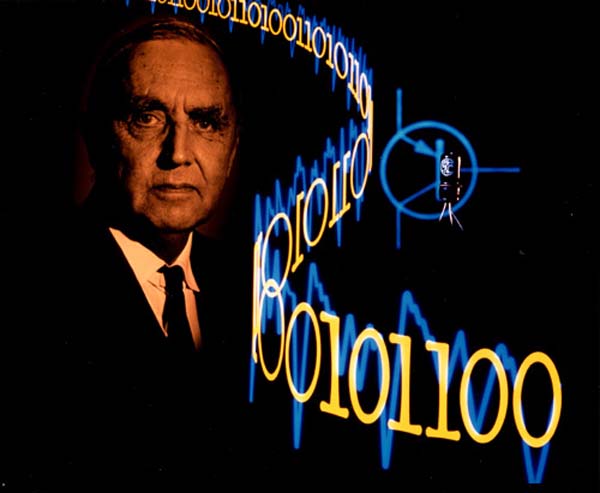
The rise of the MP3 file
The rise of the MP3 file is a fascinating story. The first digital audio file format was the WAV file, which is still widely used today. However, WAV files are relatively large, which makes them inconvenient for storing and sharing music.
In 1991, the Fraunhofer Society in Germany developed a new digital audio file format called MP3. MP3 files are much smaller than WAV files, while still providing good sound quality. This was made possible by using a lossy compression algorithm, which discards some of the original sound data in order to reduce the file size. However, the amount of data that is discarded is carefully controlled, so that the resulting sound quality is still acceptable.
The first commercial MP3 players were released in 1998, and the format quickly became popular. By 2000, MP3 was the dominant format for digital music.
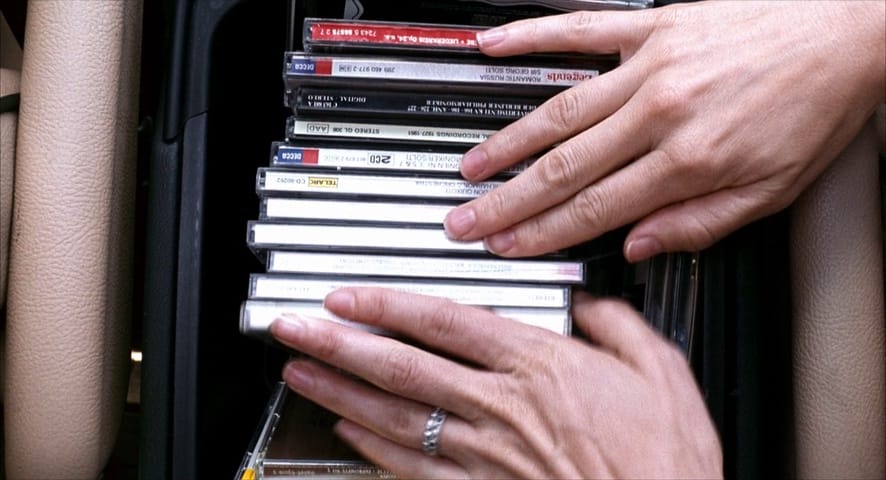
MP3 files are typically 10-12 times smaller than WAV files of the same length. This makes them much easier to store and share, especially over the internet. The popularity of MP3 led to the development of a number of new technologies, such as MP3 players and peer-to-peer file sharing. These technologies made it possible for people to listen to music on the go and to share music with others easily.
The rise of MP3 also had a significant impact on the music industry. The ability to easily copy and share music files led to a decline in sales of physical music albums. However, it also led to new opportunities for artists to reach a wider audience. For example, artists could now release their music online without the need for a record label.
The MP3 file format is still widely used today, and it is likely to remain so for many years to come. It is a versatile and efficient format that has made it possible for people to enjoy music in a way that was never before possible.
The impact of MP3
The introduction of MP3 had a profound impact on the music industry. It made it possible to easily share music files, which led to a decrease in CD sales. However, it also led to the rise of online music stores, such as iTunes and Spotify.
MP3 also had a major impact on the way people listen to music. Before MP3, people would typically listen to music on CDs or cassette tapes. However, MP3 players made it possible to listen to music on portable devices, such as laptops and smartphones. as the files were light it was possible to store them on such small devices. This led to a dramatic increase in the amount of music that people listen to.
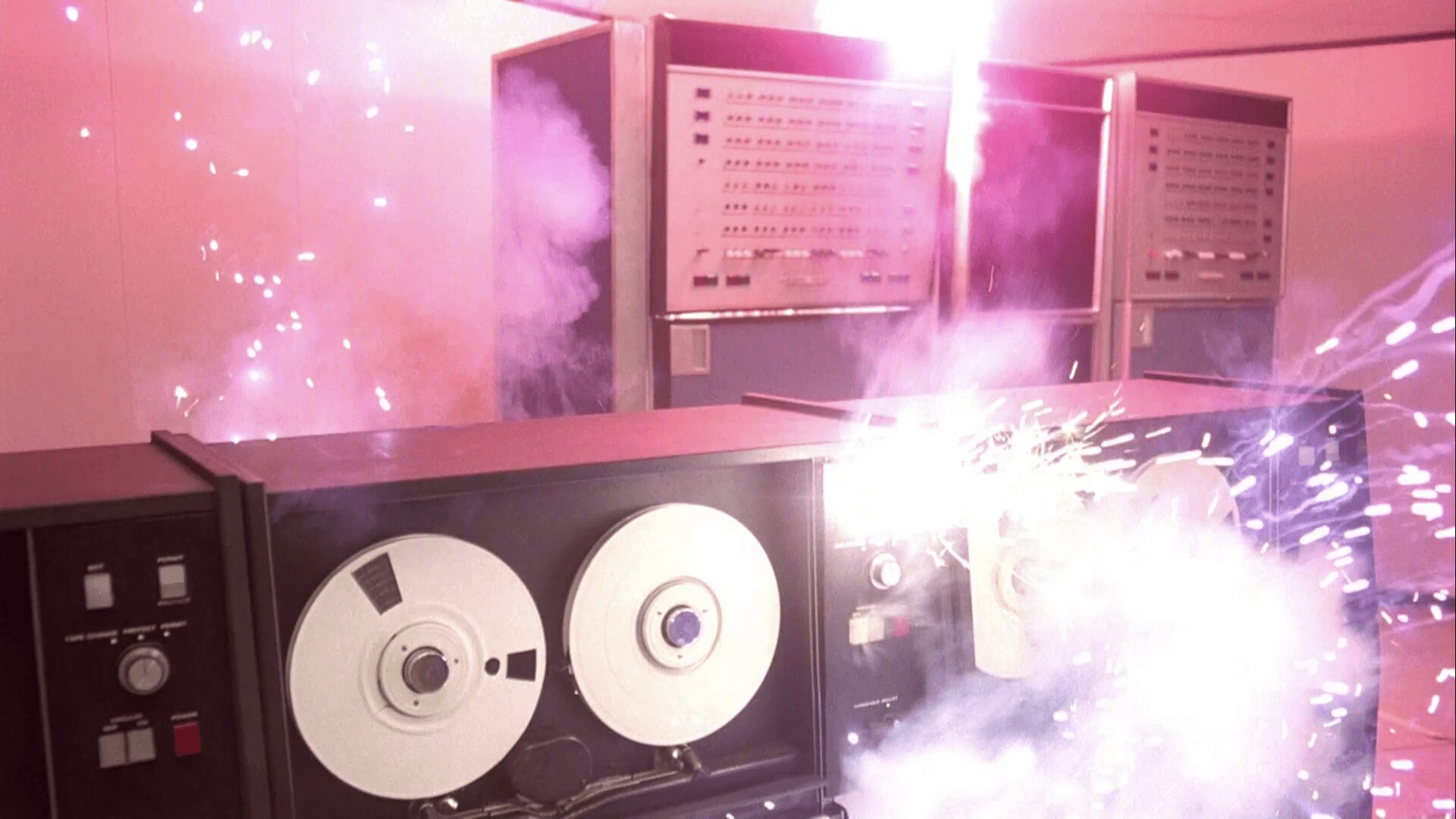
Other audio file formats and their uses
MP3 is the most popular audio file format, but there are many others available. Each format has its own advantages and disadvantages, making it suitable for different uses.
AIFF (Audio Interchange File Format) is a lossless audio format that is often used in professional audio production. AIFF files are larger than MP3 files, but they retain the original sound quality of the recording. This makes them ideal for archiving audio recordings and for creating master copies of music tracks.
FLAC (Free Lossless Audio Codec) is another lossless audio format that is becoming increasingly popular. FLAC files are smaller than AIFF files, but they still retain the original sound quality of the recording. This makes them a good choice for storing and sharing high-quality audio files.
Dolby Atmos is a new immersive audio format that is designed to be played back on surround sound systems with overhead speakers. Dolby Atmos files are much larger than MP3 files, but they offer a more immersive and realistic listening experience. Dolby Atmos is often used for movies and TV shows, but it is also becoming increasingly popular for music.
WAV (Waveform Audio File Format) is a lossless audio format that is often used in professional audio production and for recording audio on computers. WAV files are larger than MP3 files, but they retain the original sound quality of the recording. This makes them ideal for archiving audio recordings and for creating master copies of music tracks.
OGG is a lossy audio format that is often used for streaming audio over the internet. OGG files are smaller than MP3 files, but they offer similar sound quality. OGG is also an open-source format, which means that it is free to use and there are no licensing restrictions.
AAC (Advanced Audio Coding) is a lossy audio format that is similar to MP3, but it offers better sound quality at the same bitrate. AAC is often used for streaming audio and for storing music on digital devices.
M4A (MPEG-4 Audio File Format) is a lossy audio format that is often used for storing and sharing music on Apple devices. M4A files are similar to MP3 files, but they use AAC encoding by default. This means that M4A files can offer better sound quality than MP3 files at the same bitrate.
Why is MP3 used that much ?
How MP3 leads the way with ID3 tags
MP3 won the battle regarding ID3 tags because it was the first audio file format to widely support them. ID3 tags are small pieces of data that can be embedded in audio files to store information such as the song title, artist name, and album title. This information can be used by media players to display the correct information when a song is played.
When MP3 first became popular, other audio file formats, such as WAV and AIFF, did not support ID3 tags. This made MP3 a more attractive choice for users who wanted to be able to organize and manage their music collections.
Over time, other audio file formats began to support ID3 tags, but MP3 remained the most popular format for storing and sharing music. This is partly because MP3 files are smaller than other audio file formats, and partly because of the wide support for ID3 tags.
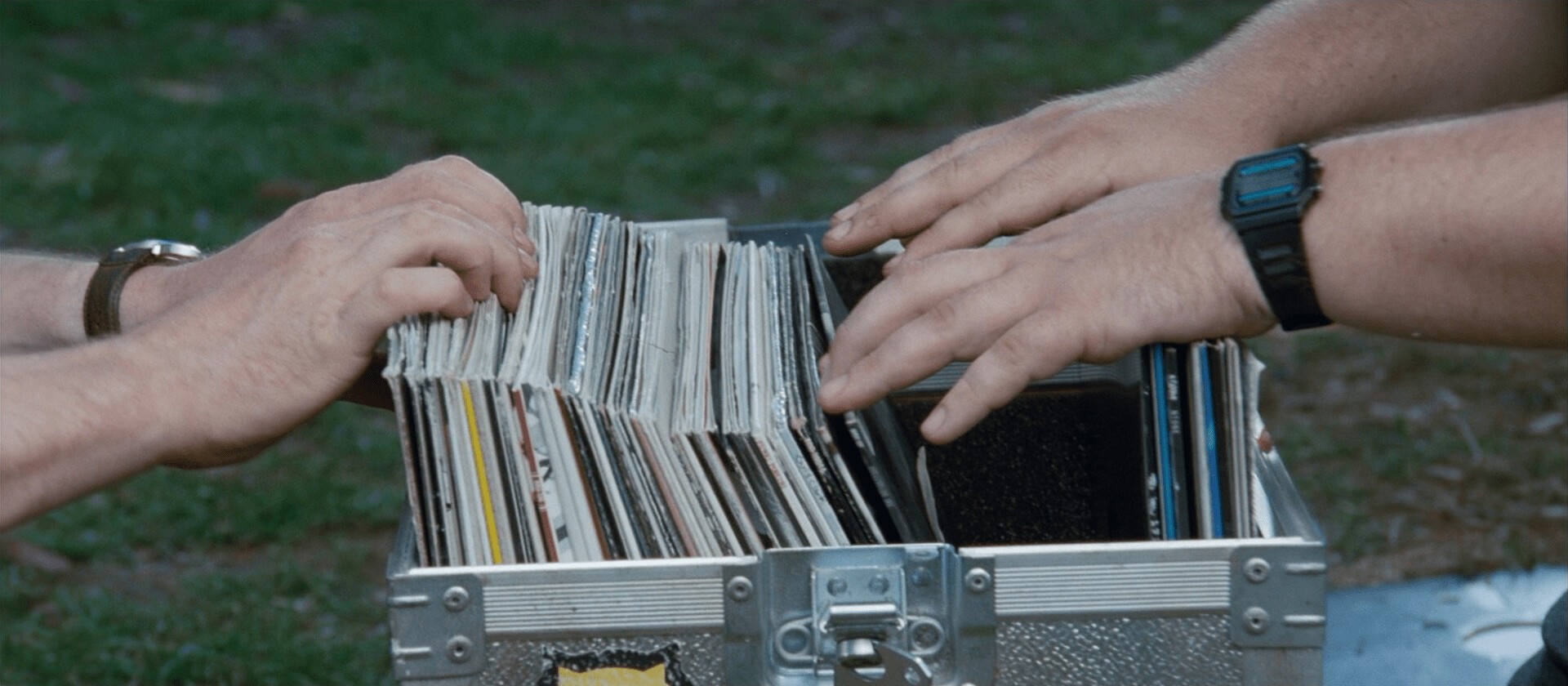
The 320kbps bitrate, an other reason for MP3’s success
320kbps is the highest bitrate that is supported by the MP3 file format. A higher bitrate means that more of the original sound quality is retained. However, it also means that the file size is larger. It is important to know that if a MP3 file has a bitrate lower than 320 kbps, the higher frequencies will tend to disappear.
320kbps MP3 files offer the best balance between sound quality and file size. They are small enough to be easily stored and shared, but they still offer good sound quality. This is why 320kbps is the most popular bitrate for MP3 files.
The future of audio files
MP3 is still the most popular format for digital music, but it is not without its limitations. MP3 files are compressed, which means that some of the original sound quality is lost. This is not a problem for most people, but some audiophiles prefer lossless formats, such as FLAC.
In recent years, there has been a growing interest in high-resolution audio files. These files are uncompressed, which means that they retain the original sound quality of the recording. However, high-resolution audio files are much larger than MP3 files, which makes them inconvenient for storing and sharing.
As technology advances, the push to fast data transfer speeds may soon outpace the capacity of lossless audio files. With faster and more effective methods of distributing and storing music, the future of audio files promises even better ease and quality.
Where to store its audio files in the Digital Era ?
In the digital era, there are many different ways to store audio files. Local disks, USB keys, and cloud storage services are all popular options.
Local disks are the most common way to store audio files. They are relatively inexpensive and easy to use, but they can be easily lost or damaged. USB keys are a portable way to store audio files, but they can also be easily lost or damaged. Cloud storage services offer a more secure way to store audio files, as they are backed up in the cloud. However, cloud storage services can be more expensive than local disks or USB keys.
No matter which storage method you choose, it is important to back up your audio files regularly. This will help protect your files in case of a loss or damage.
Bridge.audio is a cloud-based audio storage and collaboration platform that offers a number of advantages over traditional storage methods. Bridge.audio uses industry-leading security measures to protect your audio files, making them only accessible to you and your collaborators. Bridge.audio also makes it easy to collaborate on audio projects with others, as you can share files, track changes, and leave comments. Additionally, Bridge.audio is accessible from anywhere with an internet connection, meaning you can access your audio files from your computer, tablet, or smartphone.
If you are looking for a secure, reliable, and collaborative way to store your audio files, then Bridge.audio is a great option. Bridge.audio offers scalability, flexibility, and support, making it the perfect solution for musicians of all levels.
Bridge automatically creates a MP3 version of every audio file you upload ! Feel free to use Bridge as an MP3 file converter 😉
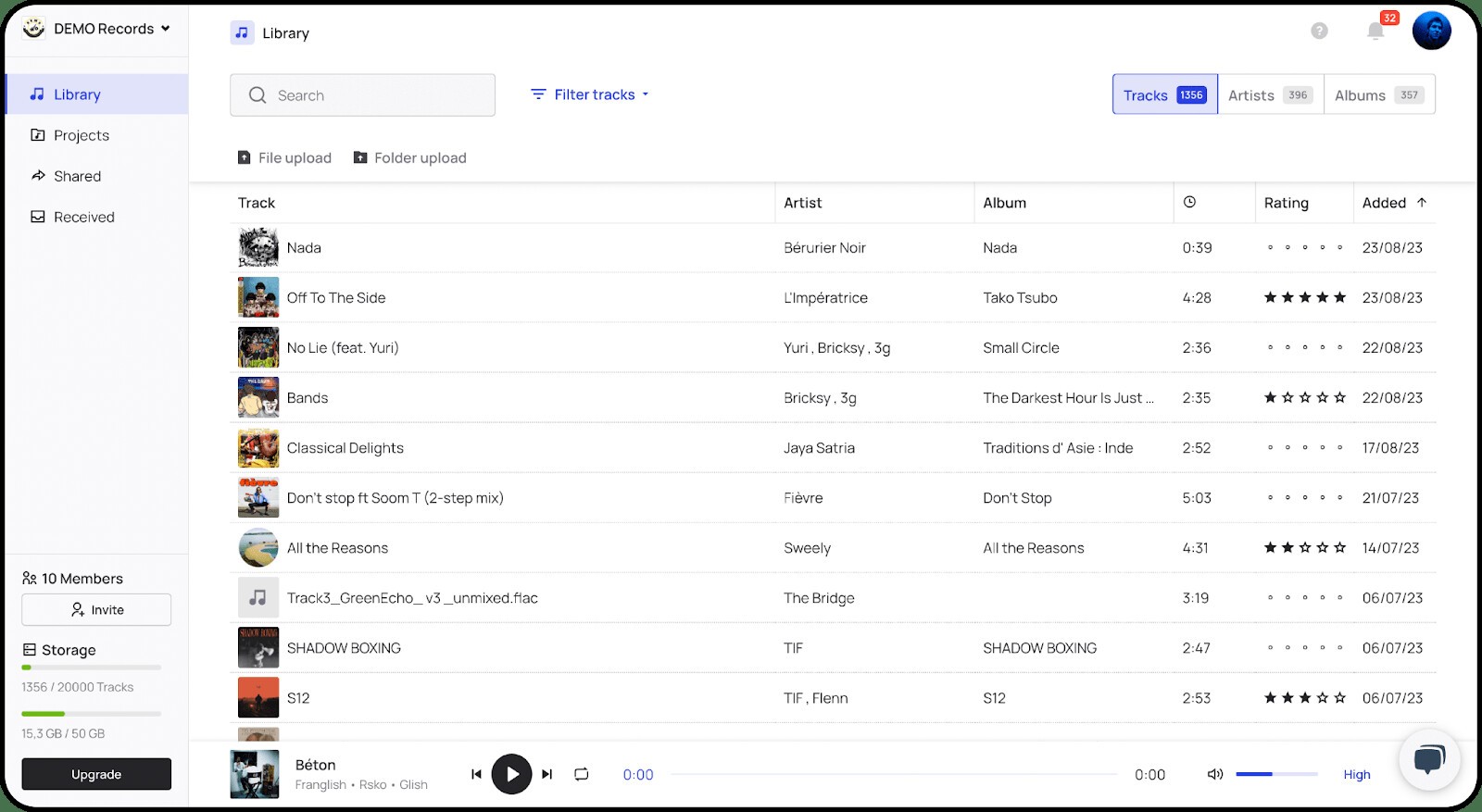
The Energy consumption of audio files storage
The storage of audio files, like any other digital data, requires energy. This energy is used to power the devices that store the files, as well as the data centres that host them. The amount of energy required to store audio files is relatively small but as the number of files and hosting places increases, it adds up and have an impact on global electricity consumption.
In France, the digital sector accounts for 2.5% of the national carbon footprint (ADEME-ARCEP 2022). While this figure remains modest, given the increasing volume of data and number of terminals, it could rise by +60% between now and 2040 (Senate Information Mission on the Environmental Footprint of the Digital Economy 2020).
On average, a music project requires 5 files during the creation phase, exchanged between 2 participants. The final file, on the other hand, is shared between an average of 10 participants (10 storage hubs), who exchange around a hundred emails. In the industry’s historical mode of operation, without Bridge.audio, the carbon footprint of file hosting and exchanges for the design of a title amounts to 5,600g of CO2, or the equivalent of a 25km car journey.
It is still too early to say what the future of audio files will be. However, it is clear that MP3 will not be the dominant format forever. As technology continues to develop, new audio file formats will emerge and offer better sound quality and convenience.
In the meantime, MP3 remains the most popular format for digital music. It is a versatile format that is supported by most devices. If you are looking for a way to store and share music, MP3 is a good option.
